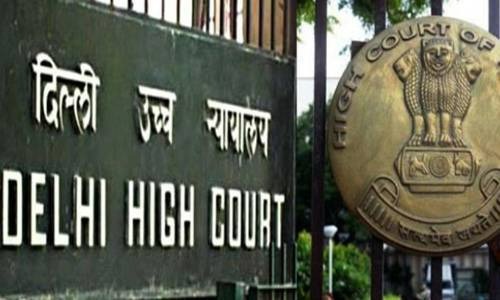
Case Title: Boehringer Ingelheim International Gmbh V. The Controller of Patents & Anr.
According to the Delhi High Court, a reading of the claims must be used to determine if an invention is a "unity of the invention" or "plurality of inventions" and whether they constitute a "single creative notion."
Justice Pratibha M. Singh outlined the different clauses of the Patents Act of 1970 and said:
"The complete specification also describes the procedures, processes, and methods, including the best methods. But what is crucial to note, is the fact that the invention itself is defined in the claims. While such claims do have to be based on the disclosure in the specification, however even if a person does not read the complete specification and wishes to identify the invention, the place to look for it is in the 'Claims'. The Invention thus resides in the Claims. Accordingly, "unity of the invention"/ "plurality of inventions" and whether they form a "single inventive concept" has to be gleaned from a reading of the claims."
The Division of Patents' ruling of March 25, 2022, rejecting the appellant's request to pursue a divisional application titled "A medicament of a DPP inhibitor," was the subject of an appeal before the court.
The Controller noted that the divisional application was rejected because it did not fall under the purview of the parent application and because it made assertions that were similar to those made in the rejected amendment applications. On November 14, 2008, the applicant submitted a national phase PCT application for the use of DPP IV inhibitors. There were a total of 1 to 18 claims in the patent specification, with 2 claims having a number of 15. (15 and 15A). The First Examination Report was released on March 24, 2014, and the Applicant revised its claims on October 24, 2014, in response. With the exception of Claims 14, 15, and 15A, all Claims were to be deleted in the aforementioned Amendment No. 1.
The applicant then submitted two Forms-13 in 2015–2016, on March 20 and February 18, respectively, asking for two more changes. On September 4, 2017, a divisional application with these two revisions was submitted. The contested order resulted in the claimed application being denied.
Invoking Section 59 of the Patents Act of 1970, the Controller determined that Claims 1 through 11 and Claims 1 through 15 of the modified claims were not within the purview of the initially filed claims and rejected them.
As a result, the Patent Application, which was the parent application, was denied in accordance with section 15 of the Act by order dated January 4, 2018. The Controller also rejected Amendments Nos. 2 and 3, however at the time this judgement was made, the applicant had already submitted a divisional application pertaining to those claims.
The Court believed that the divisional application posed an important question about whether or not claims may be included in a divisional application if they were not included in the parent application's claims. The Court pointed out that a divisional application must result from a parent application that discloses a "plurality of innovations" in order to qualify as a divisional application under Section 16 of the Act.
"In Section 16(1), the phrase "the claims of the complete specification relate to more than one invention" makes this position clear. Section 16(3) also makes it clear that there cannot be duplication of the claims in the two specifications i.e., parent specification and the divisional application. This leads us to the question of how to determine the "plurality of inventions". For this, guidance can be drawn from Section 10 of the Act which elaborates on the meaning of complete specification and scope of claims," it said.
It added "But what is crucial to note, is the fact that the invention itself is defined in the claims. While such claims do have to be based on the disclosure in the specification, however even if a person does not read the complete specification and wishes to identify the invention, the place to look for it is in the 'Claims'."
It noted that the "plurality of innovations" required by Section 16 of the Act must be explicitly stated in the claims of the original parent application and within the bounds of the parent application's specification. The Court further said that in order to determine whether the claims of the entire specification correspond to a "plurality of innovations," as defined by section 16, it is necessary to look at the claims of the parent application. However, it was emphasised that the divisional application cannot be allowed to be filed simply on the basis of the disclosure provided in the specification, in respect of asserted innovations, if the invention is not mentioned in the claims of the parent application.
"If applicants are permitted to file such divisional applications on the basis of disclosure in the complete specification, without such inventions being claimed in parent applications, it would defeat the fundamental rule of patent law i.e., 'what is not claimed is disclaimed. Similarly, Section 59 also makes it clear that amendments beyond the scope of the specification and claims would not be permissible," it said.
With the aforementioned remarks, the Court rejected the appeal as wholly without merit and ordered the applicant to pay a fee of Rs. 50,000 within four weeks. The court ordered that, of the aforementioned sum, Rs. 25,000 be given to the respondent's attorney, and the remaining Rs. 25,000 be donated to the DHCBA Pandemic Relief Fund.
"The said amount shall be utilised only for the purposes of distribution to lawyers and their families who have deceased during the pandemic. Hon. Secretary, Delhi High Court Bar Association to confirm receipt of the said amount, within four weeks," the Court ordered.

